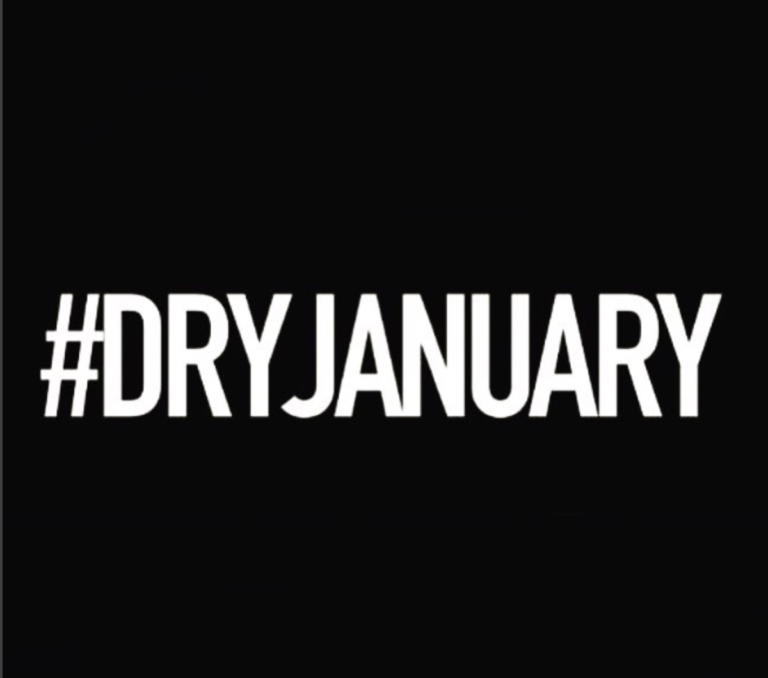In our home state of California, the region of San Diego has been hit especially hard by the opioid addiction crisis. Tragically, their county saw a 202 percent increase in overdose deaths over the past year. In an effort to reduce those numbers, local officials took swift action this month; signing a health order that would give the public access to the OD reversal drug, naloxone.
The San Diego Union Tribune first reported on the story last week, gathering quotes from the executive who signed the order; Public Health Officer Wilma Wooten. Speaking with the outlet, she emphatically praised the success rate of naloxone and has hopes that this measure will give it more widespread attention. “Together, as a community, we can save lives,” she said.
Naloxone is already in use with Sheriff’s deputies and probation officers, but was not previously accessible to the everyday citizens of San Diego. The form that was approved for widespread use is the narcan nasal spray, which can be easily administered and is not harmful (in the case of a mistaken overdose). The public product would administer approximately 4 milligrams of naloxone with each spritz.
Wooten added that this plan will make the sprays available for free at local clinics and community health centers. The hope is that it would lead to a sharp decline of fatal San Diego overdoses. Last year there were 457 OD deaths in the city, which is a dramatic increase in what was recorded for 2019. It is believed that the COVID-19 pandemic contributed to the area’s growing addiction issues and more efforts are being made to address dependencies among its citizens.
Dr. Luke Bergman, director of San Diego County’s Behavioral Health Services, was also interviewed for the piece. He believes that the city’s addiction problems were sadly de-prioritized following the COVID-19 emergencies last year. Now, however, he emphasized that local officials are giving this issue a lot more attention and hope to greatly reduce the amount of dependencies throughout the county.
“The magnitude of the increase in that single year eclipses the increase we saw locally over the entire previous decade,” Bergman said. “In San Diego County as across the nation, much of this human toll is a result of the infiltration into our communities of the super-potent synthetic opioid fentanyl.”
The Tribune also called out future efforts that these officials are currently working on to improve recovery efforts throughout the county, including a test pilot for a needle exchange program and more treatment programs within local prisons.







